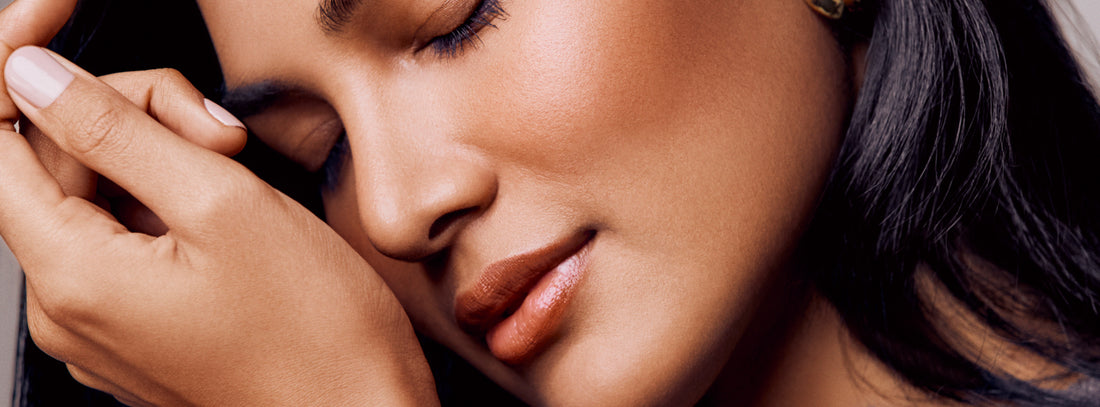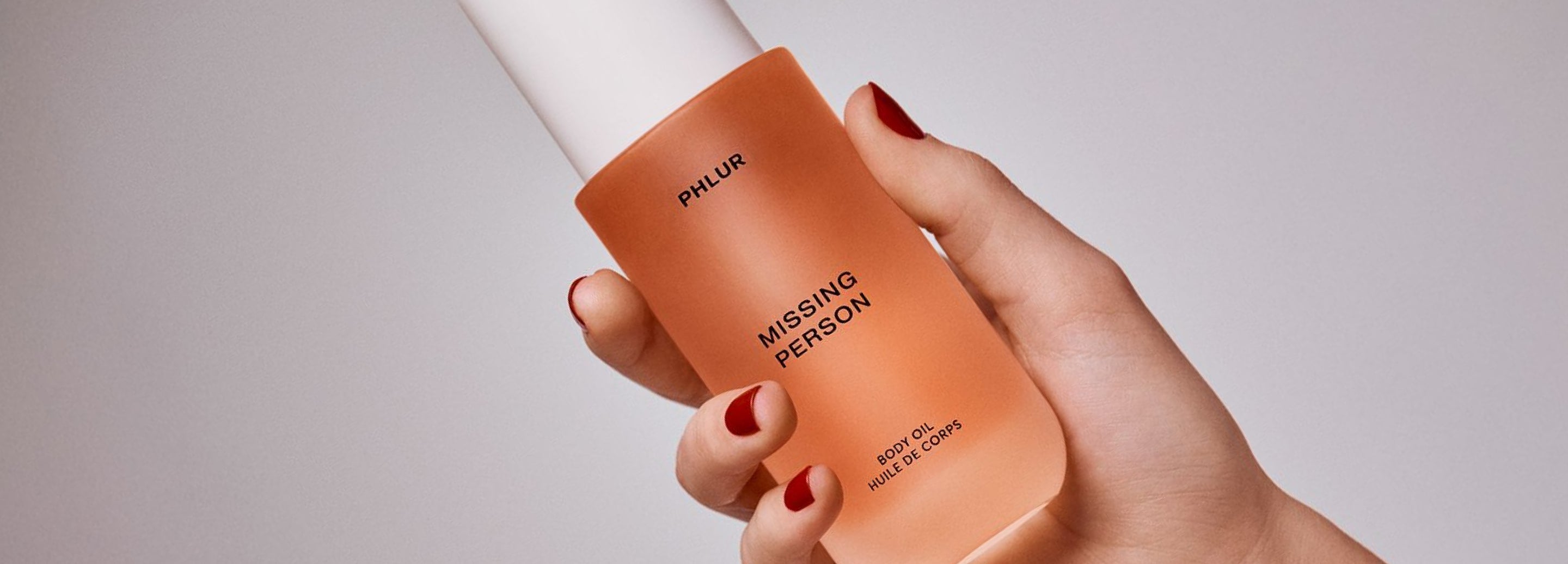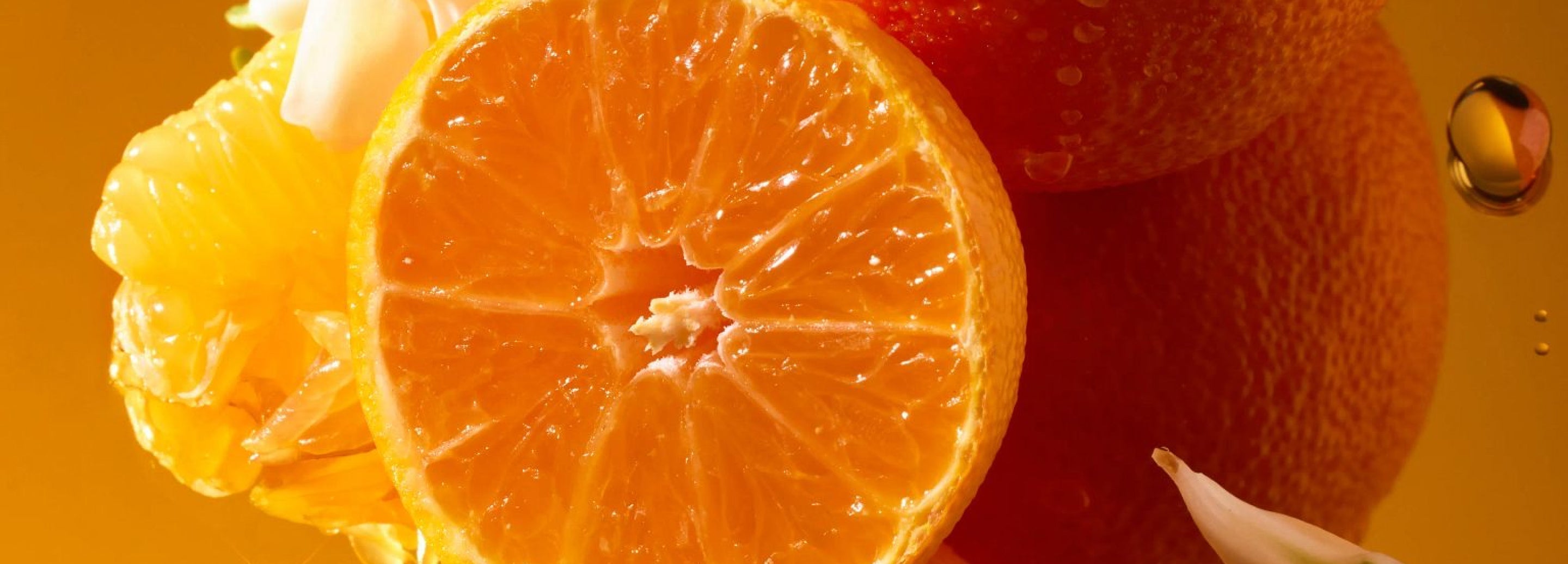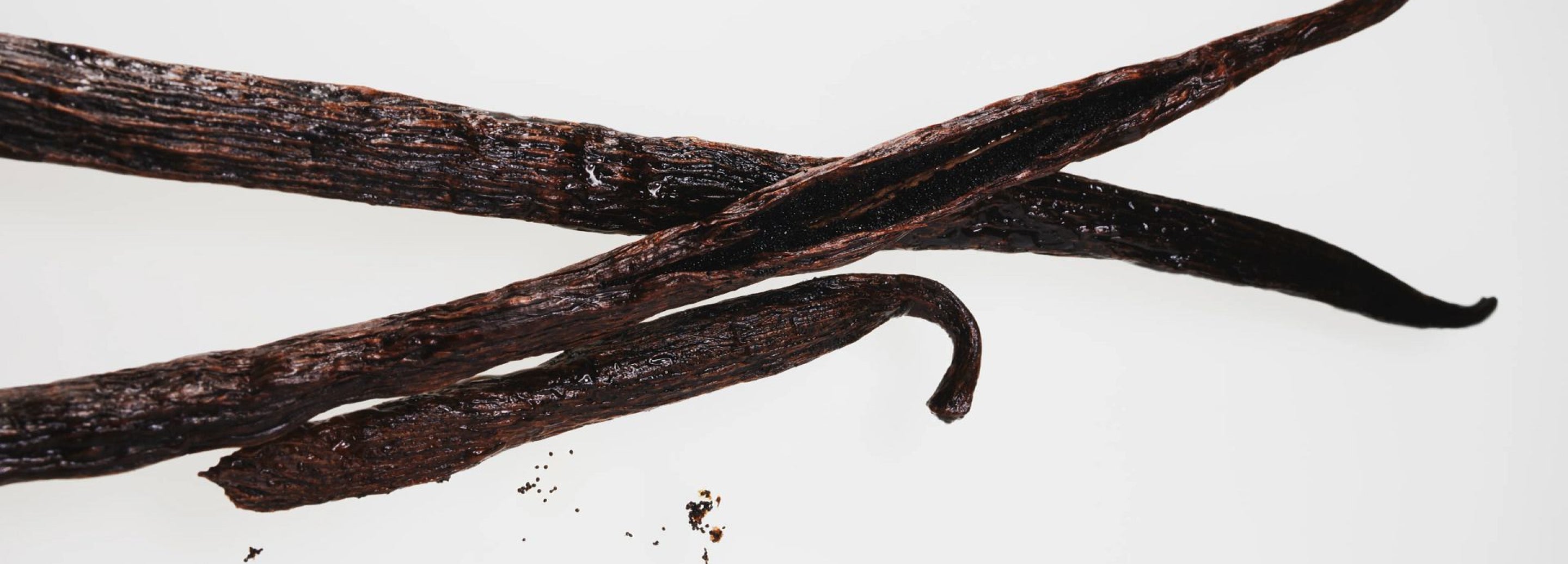What is Fragrance Longevity in a Perfume?
We’ve all experienced or heard others proclaim “I love this perfume but it doesn’t last very long.” What qualifies as “long lasting” in a perfume? What contributes to a perfume's ability to be long lasting or have “wear longevity”? What is the average time a perfume should last on your skin? Fragrance longevity is essentially the length of time the olfactory presence stays detectable on the skin of the wearer. It’s not an easy straightforward time period for all perfumes.
Key Factors of Perfume Longevity:
Three factors can be involved in how a perfume, once applied, performs and why some perfumes aromatically stay present longer on your skin than other perfumes. Longevity of a perfume essentially starts at the very early stages of oil development.
The first factor is part of the fragrance oil blend itself that is utilized in a perfume. Certain notes used in the fragrance creation and development can contribute significantly to the length of time you can smell the perfume on skin. Citrus notes are known to flash off your skin quicker and don’t have the olfactory ability to linger. On the other hand, amber and musk notes can significantly work to increase longevity of the perfume. There is a reason certain fragrance notes are utilized as the base of a blend and those can increase longevity. The notes or accords that are referred to as the bottom, base or dry down notes have the heaviest molecules and lowest volatility which allows them to evaporate the slowest, leaving the longest lasting fragrance impression. Base notes can last for many hours, even over 24 hours, depending on the olfactory character of the fragrance. They are known to be the deepest and richest scents in the fragrance blend profile.
The second factor is the potential use of a fixative. A fixative is a base ingredient or blend that is utilized in perfumes to help the scent last longer on the skin. The name refers to “fixing” the aroma so it doesn’t dissipate too quickly. An essential oil in a blend can play the role of a fixative while contributing to the overall scent impression. Fragrance fixatives can also be safe synthetic materials that enhance both initial impression and increase longevity.
In an alcohol-based format like an EDP or EDT, a fixative material helps lower the evaporation rate of the alcohol which helps to hold the scent for a slower release. Base notes of a fragrance can actually work as fixatives. Sandalwood, oakmoss, and vanilla bean are base note examples that serve as effective fixatives.
High molecular weight substances like Benzyl Benzoate and Triethyl Citrate are near odorless fixatives used in fine fragrance development as they are FDA approved and sustainable. Whether a specialized synthetic material or an aromatic base note is chosen as a fixative, these materials, which ensure the smell of a perfume remains on the skin for a longer time after the initial application, are key to successful perfume development.
Maturation is the third factor that can contribute to longevity. Maturation is a term used in the development process to convey a “timed” process. In simplest terms, maturation is the aging of the oil. The overall aging protocol allows the oil to become more fragrant as the scent matures over time. This process takes place before the oil is diluted in alcohol and water (depending on the format). The mixture is typically then placed in a cool, dark environment where it can develop and remain untouched on average between 2-7 days depending on the fragrance elements.
Some fragrance oil mixtures can require maturation for a few weeks or even a few months, depending on the complexity and how much concentration of resinous material is contained in the solution. In a high quality fragrance, allowing it to undergo the maturation process is essential, especially in regard to the perfume's longevity and ability to emit a strong, desirable aroma.
- Choosing a selection results in a full page refresh.
- Opens in a new window.




